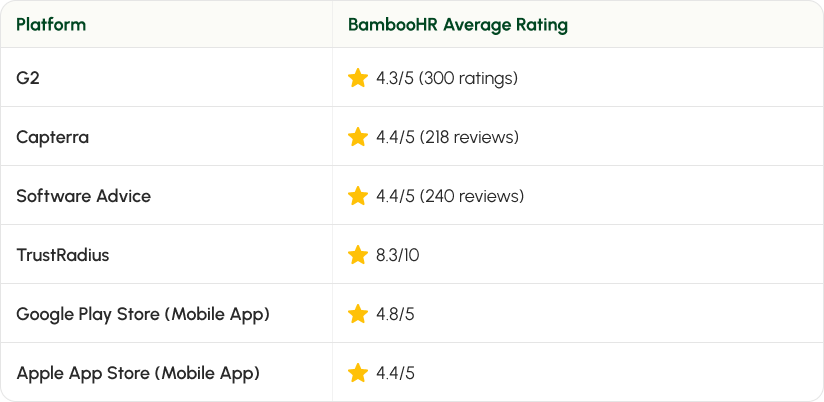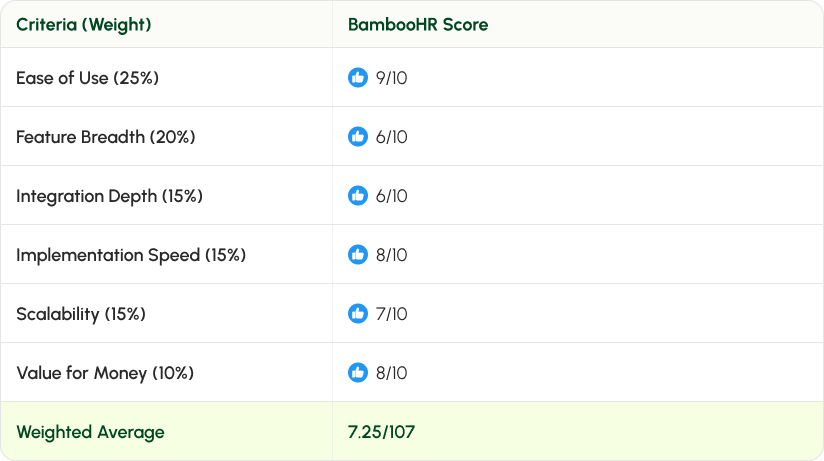Get Bamboo HR
.svg)
HR Cloud is a full-fledged HR platform designed to bring together core HR operations, engagement tools, and automation into one system. It supports onboarding, performance/goal management, recruitment (ATS), time-off and attendance, document workflows, compliance alerts, and internal communications.
Over time, HR Cloud has added richer automation, payroll integrations, and social engagement capabilities. Its modular architecture is intended for mid-market businesses that want to streamline HR processes, reduce tool fragmentation, and improve employee experience. While HR Cloud does not always include native payroll across all regions, it offers integrations to major payroll systems and continues expanding its ecosystem. Recent user feedback affirms that the platform is intuitive, feature-rich, and evolving, though areas like support response time or deep analytics still see occasional criticism.
.svg)
Strengths
Comprehensive HR modules in one platform: onboarding, ATS, performance, time-off, engagement, compliance.
Strong automation and workflow capabilities: automatic reminders, document tasks, conditional flows reduce manual overhead.
Payroll & integration support: works with ADP, UKG, Paychex, Gusto, Intuit, and others to sync HR data into payroll systems.
High usability and onboarding speed: users report fast setup even when onboarding large numbers of employees.
Engagement tools: internal communication, recognition, social intranet, announcements help connect distributed teams.
Compliance tracking & alerts: tracks expiring certifications, document expirations, compliance deadlines.
Branding and UI customizations: supports branded portals, theming, and flexible configurations to reflect company identity.
Reliable user reviews: many users praise the interface, modularity, and support in G2 and HR Cloud’s own reviews.

Limitations
Native payroll is not universal: in many regions, payroll must be handled via integration rather than built in for all jurisdictions.
Pricing transparency is limited: many quotes are custom, so prospective buyers may lack clarity without engaging sales.
Deep custom reporting and analytics are somewhat constrained — advanced BI or niche metrics may require external tools.
Support consistency is variable: some users mention delays or slower issue resolution depending on region or plan.
Implementation may require significant planning: with many modules and configurations, mapping workflows demands care.
For global or highly regulated enterprises, HR Cloud’s compliance in all jurisdictions may not match specialist global tools.
Key BambooHR Features and Functions
Core HR
The Core HR module manages master employee records, personal details, roles, certifications, documents, hierarchy, job history, change tracking, and access control. Updates here ripple through recruitment, performance, and workflows, ensuring data consistency. This becomes the foundation for all other modules, ensuring consistency when onboarding, performance, or access changes occur.
HR Cloud lets you design conditional workflows, trigger reminders, escalate approvals, enforce steps (e.g. manager sign-off, HR review). It helps reduce manual tasks, enforce structure, and standardize HR operations.
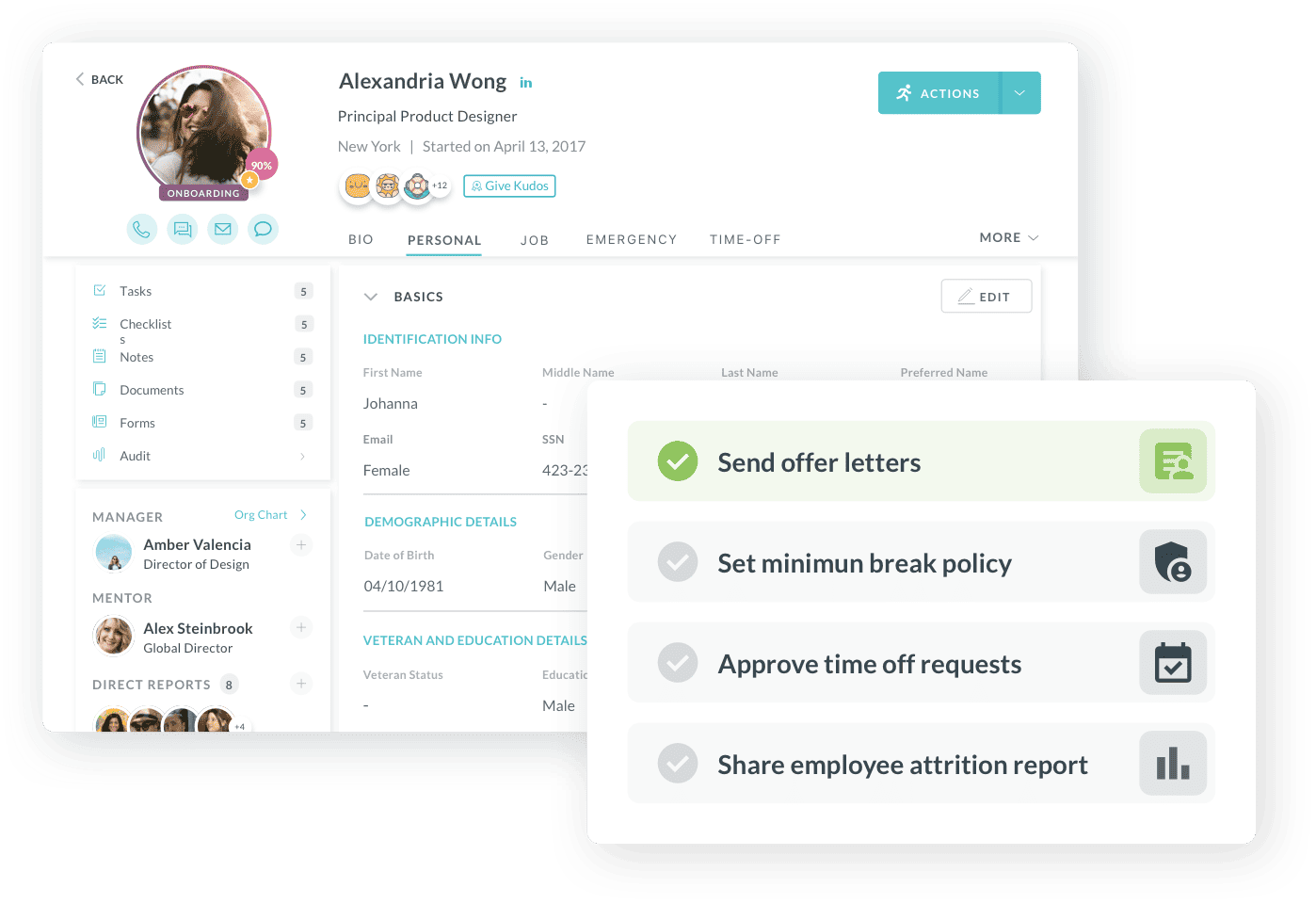
Payroll & Compliance
Payroll is often an external service, HR Cloud integrates with major payroll systems (ADP, PayrollPro, Gusto, UKG, Intuit) to ensure HR data flows into payroll correctly.
Time & Attendance Management
With HR Cloud’s Time & Attendance management, employees can request time off, view balances, and clock in/out depending on deployment. HR can configure approval chains, enforce policies (holiday rules, accruals), and generate timesheet views. Leave and worked hours feed into other modules (e.g. performance, cost reporting).
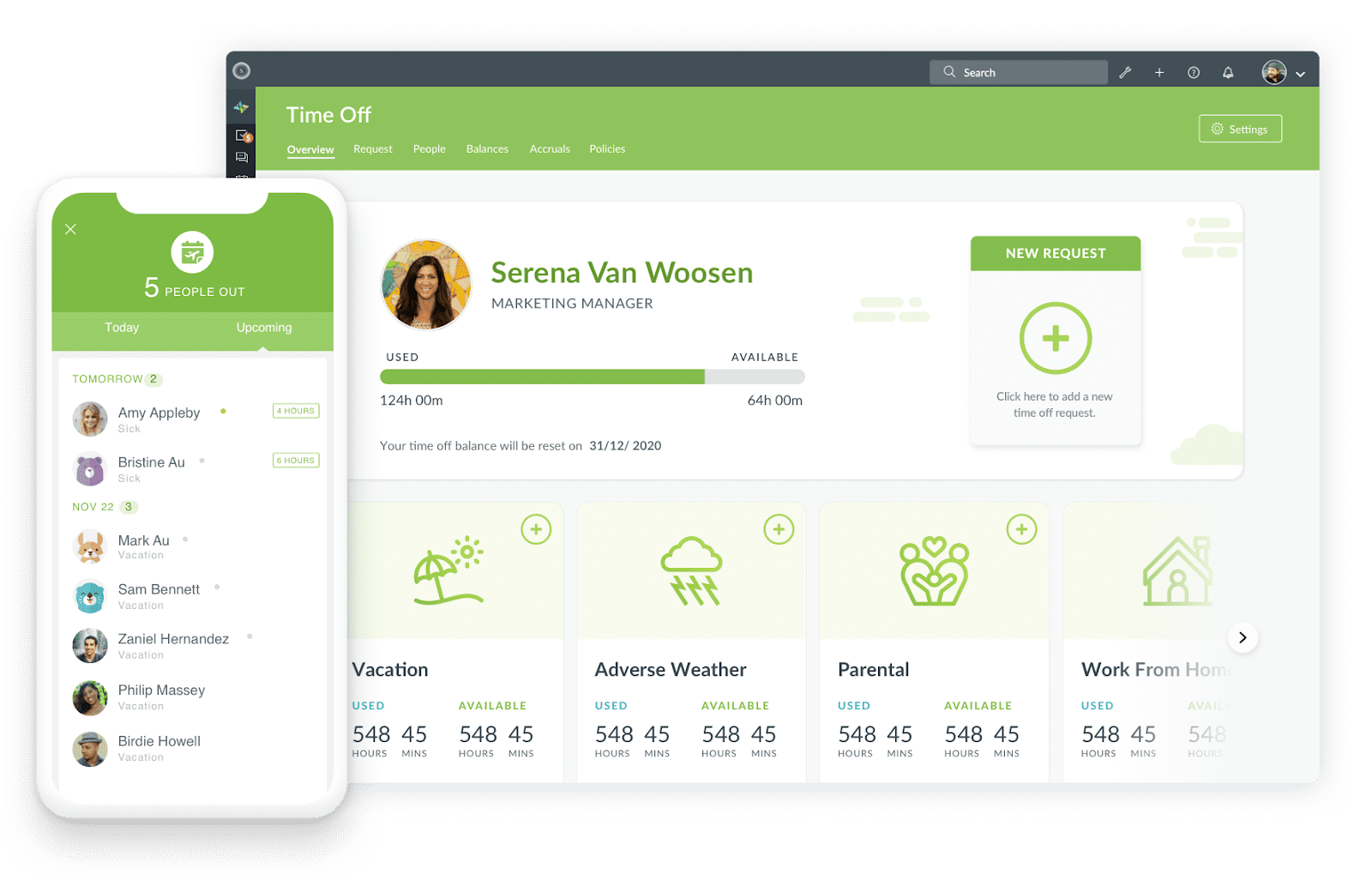

HR Cloud’s Time & Attendance Management
Recruitment & ATS
HR Cloud’s ATS enables posting of jobs, capturing candidate applications, managing pipelines, interview scheduling, rating, and offer management. All candidate and new hire data is funnelled into the HR core, reducing duplication.


Onboarding & Offboarding
The onboarding module supports building multistep flows with automatic document tasks, training assignments, reminders, and compliance checks. Offboarding workflows can revoke access, trigger exit interviews, and archive records. This reduces manual overhead and helps ensure no step is dropped.

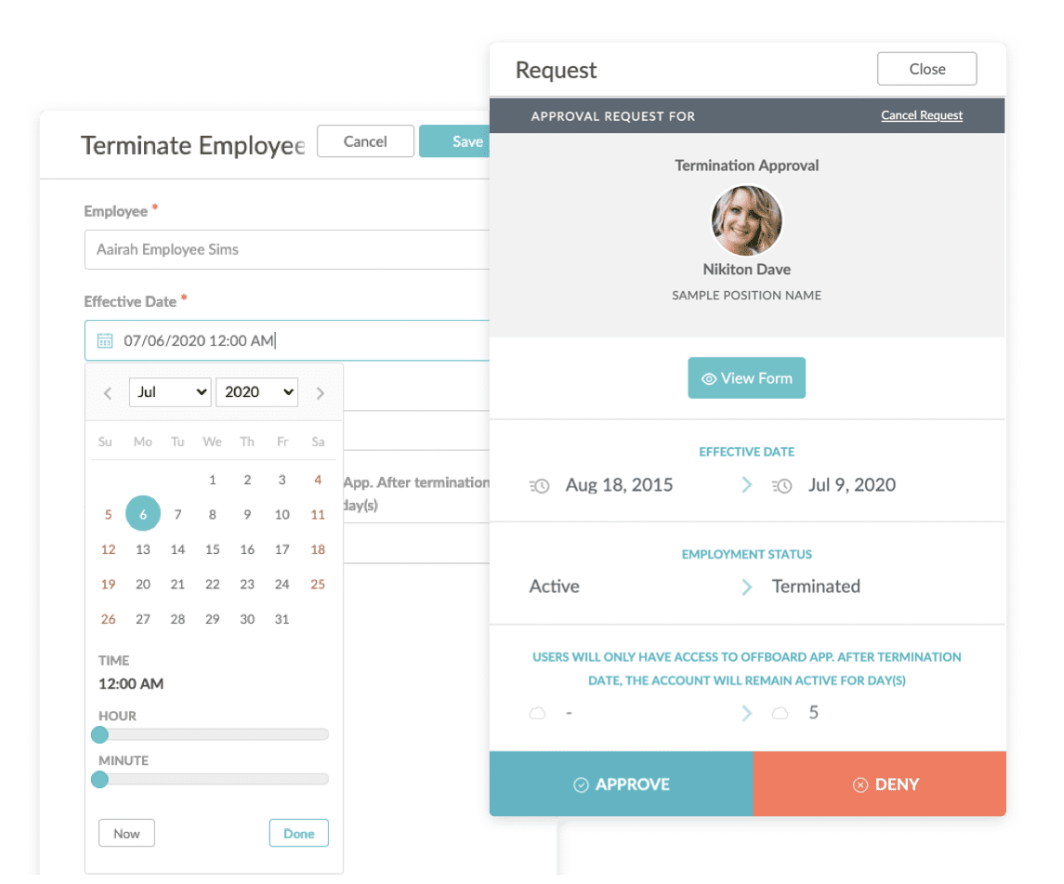
Reporting & Analytics
HR Cloud’s Reporting and Analytics feature delivers real-time, actionable insights across onboarding, engagement, and workforce data. It offers pre-built and customizable reports for tracking key HR metrics like headcount, turnover, and DEI, helping HR teams make data-driven decisions. The platform also visualizes collaboration and engagement trends to identify gaps and optimize workforce allocation, enabling leaders to measure the true ROI of their HR initiatives.

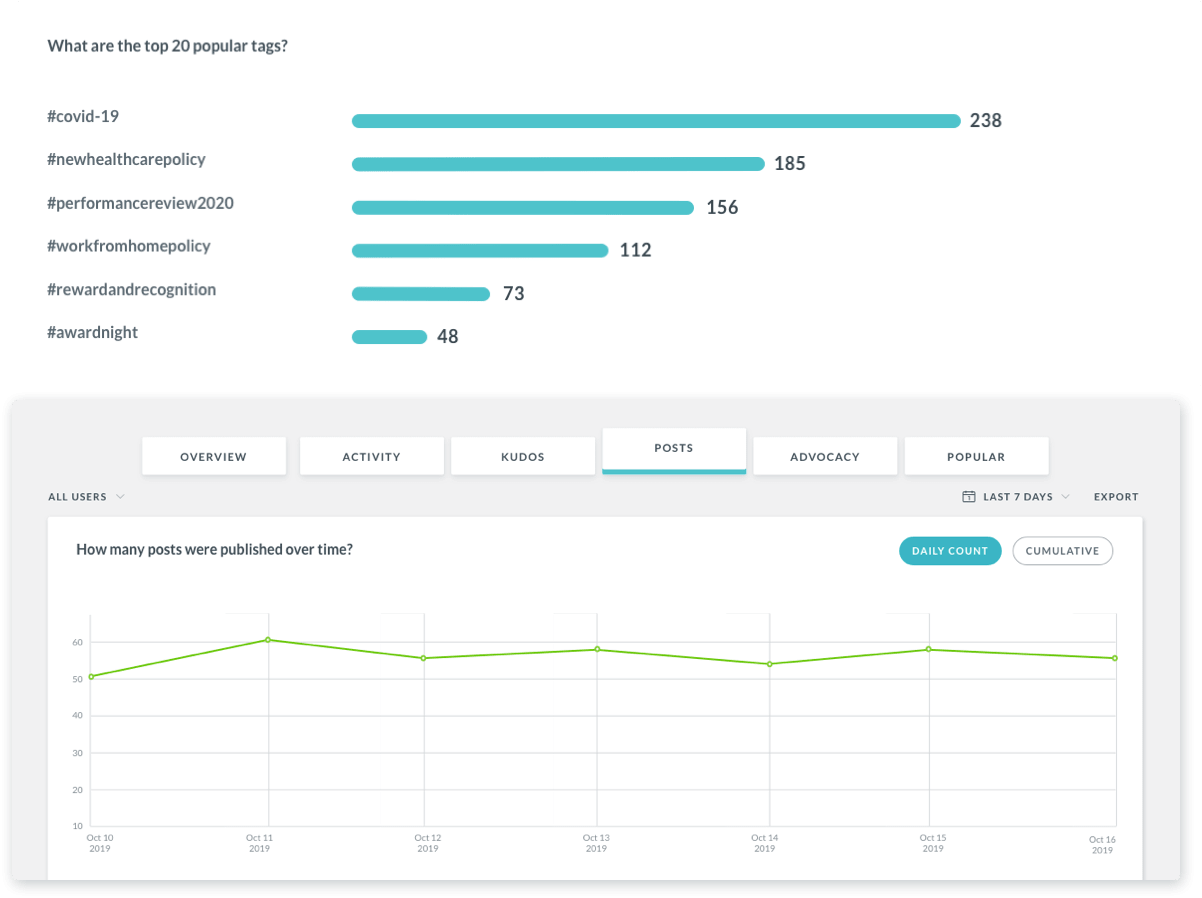
Performance Management
HR Cloud's includes comprehensive performance management tools, Managers and employees can set goals, track progress, conduct performance reviews, and collect peer feedback. The system supports review cycles, self-evaluations, and calibration workflows. This module helps tie everyday work to strategic objectives.
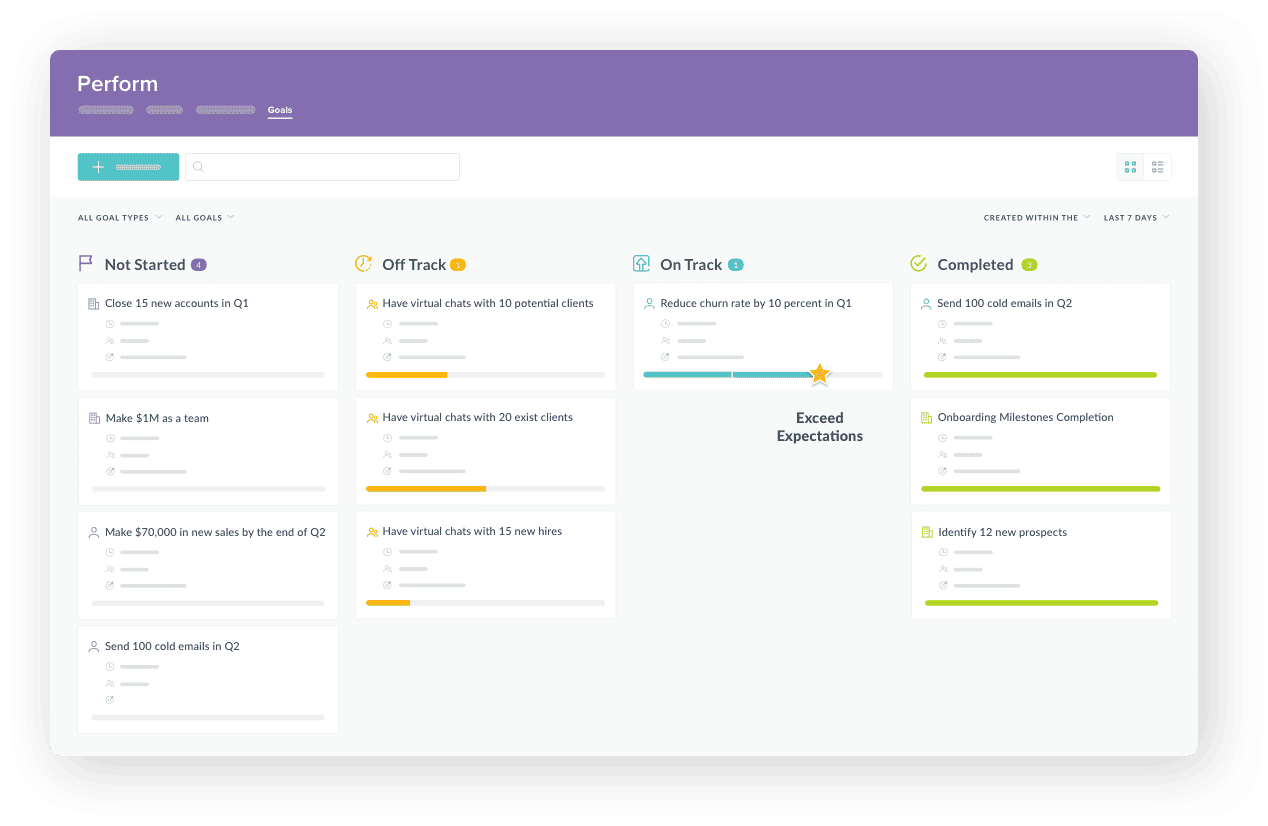
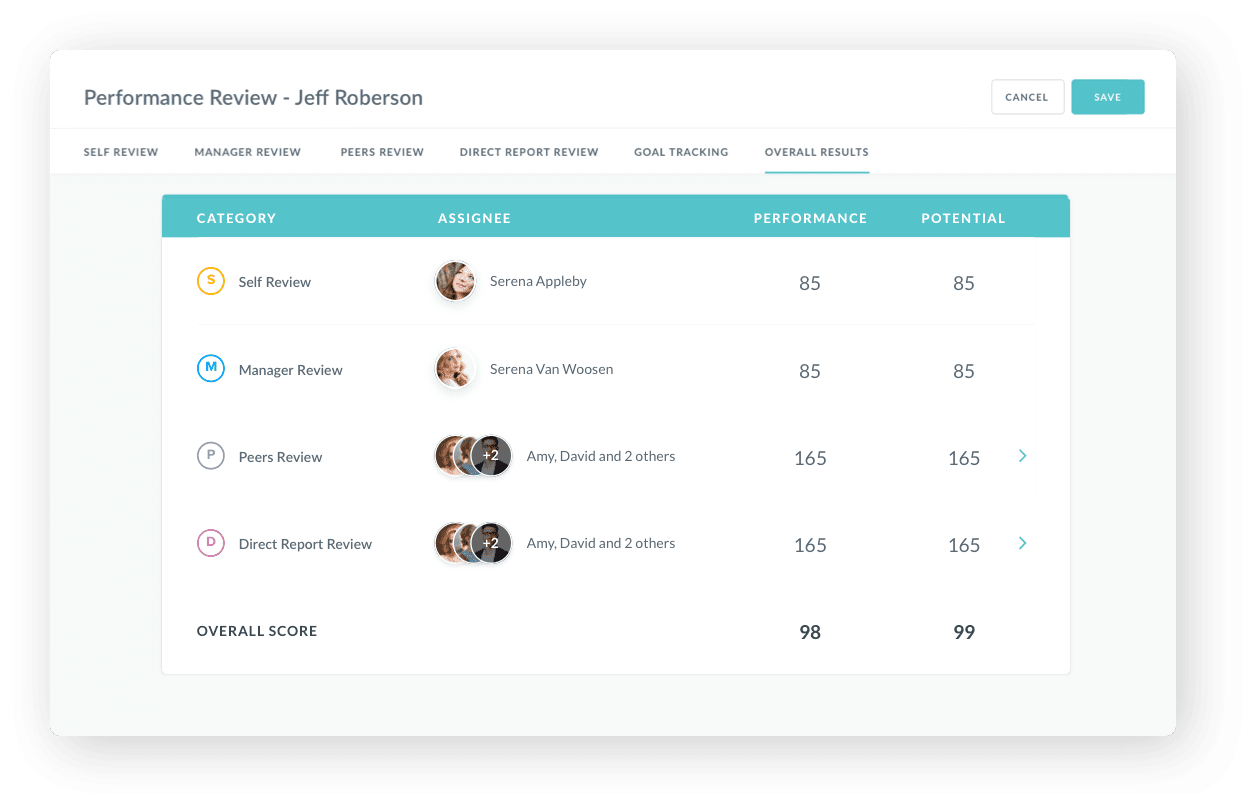
HR Cloud’s Performance Management
Employee Engagement & Recognition
HR Cloud offers features such as announcements, surveys, recognition/reward programs, internal communication tools, and branded portals. These features help build culture, solicit feedback, and raise visibility of achievements.
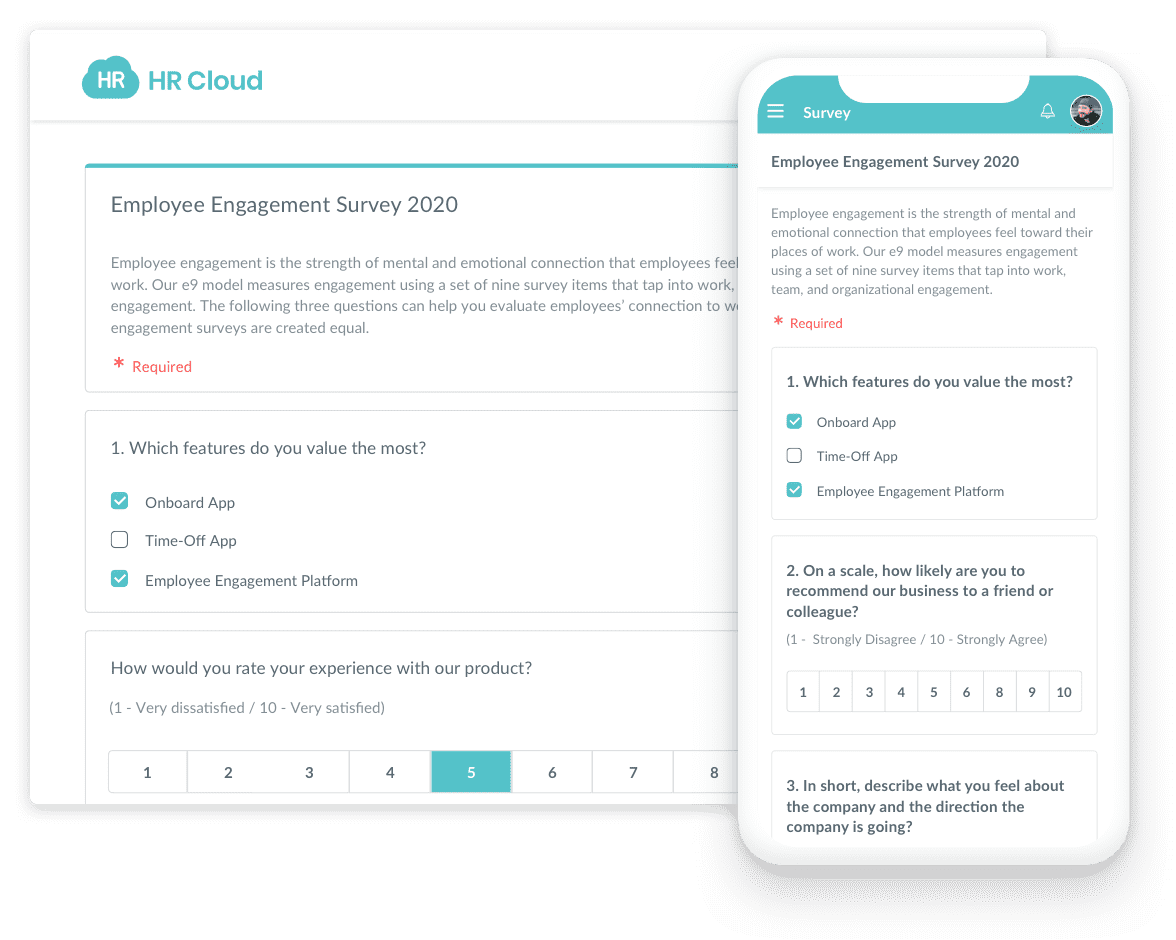
Conclusion & Recommendations
HR Cloud is a versatile, growth-friendly HR platform that bridges the gap between basic HRIS tools and heavyweight enterprise HCM systems. Its strength lies in offering a balanced, modular suite: onboarding, performance, engagement, automation, and recruitment under one roof—and doing so with a user-friendly interface and brandable employee experience. This makes it compelling for organizations wanting to centralize HR work, reduce tool sprawl, and increase adoption.
That said, it’s not perfect: payroll often needs external systems, pricing transparency is limited, and ultra-complex global HR demands may outpace what HR Cloud can deliver. But for mid-market firms aiming to unify HR operations and build culture through technology, HR Cloud is a compelling choice.



.svg)

